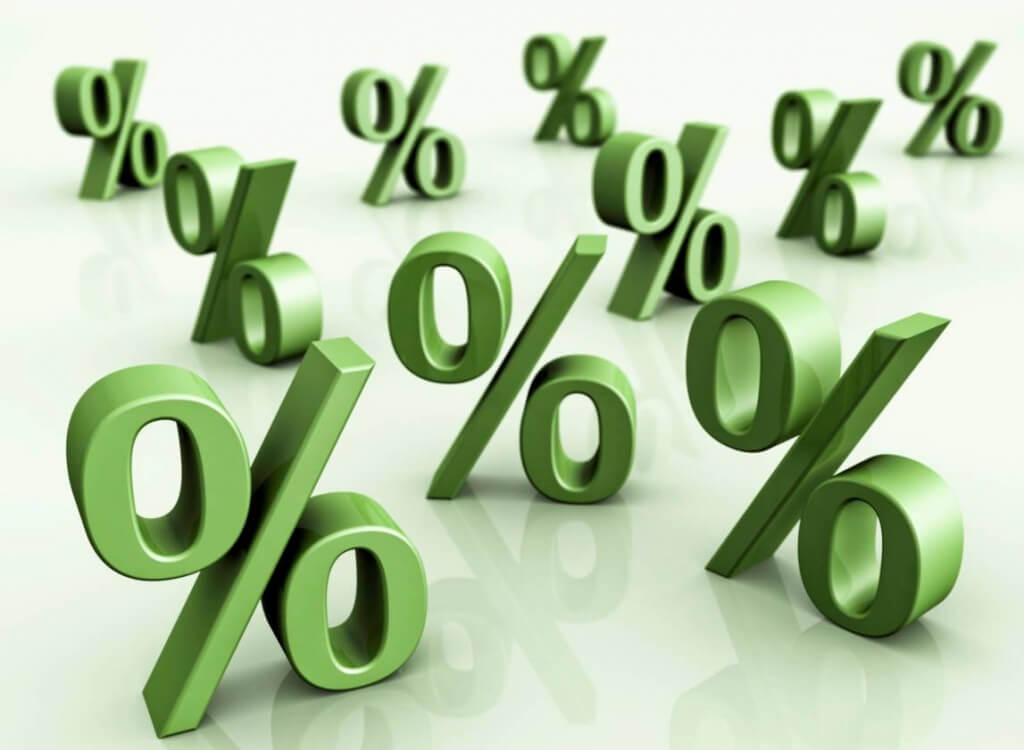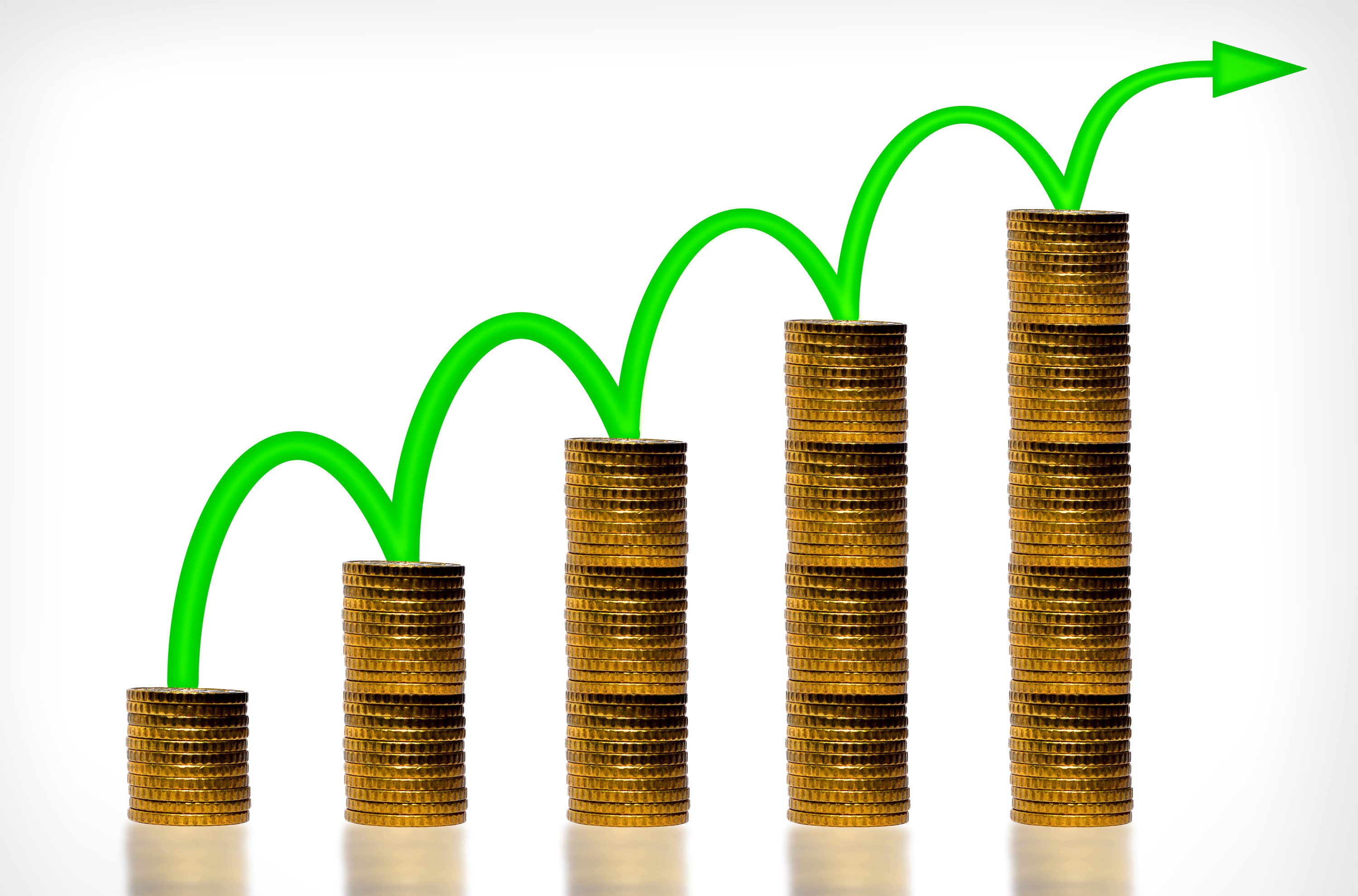Recent Capital Goods Data and Its Implications for the Investments
- By Serge Narkevich
Here I follow my two recent pieces on the capital goods statistic from the Manufacturers' Survey. What is the capital goods connection to the gross private domestic investments? I try to further develop my understanding of how capital goods data can be used to forecast and understand the behavior of US investments. For an excellent descriptive analysis of the recent capital goods trends please visit www.advisorperspectives.com (here).
Capital Goods New Orders as an Economic Activity Indicator: How They Compare to Gross Private Investments
- By Serge Narkevich
In my previous article I reviewed the definitions of capital goods and related concepts (available here). Now it is time to elaborate on why capital goods data serve as an important economic indicator.
Capital Goods New Orders as an Economic Activity Indicator: Definitions
- By Serge Narkevich
The Power of Compound Interest
- By Rachel Snowden
Key Profitability Indicators: Part 1 - Return on Equity
- By Lena Shadrina
Key Profitability Indicators: Part 2 - Return on Sales
- By Lena Shadrina






